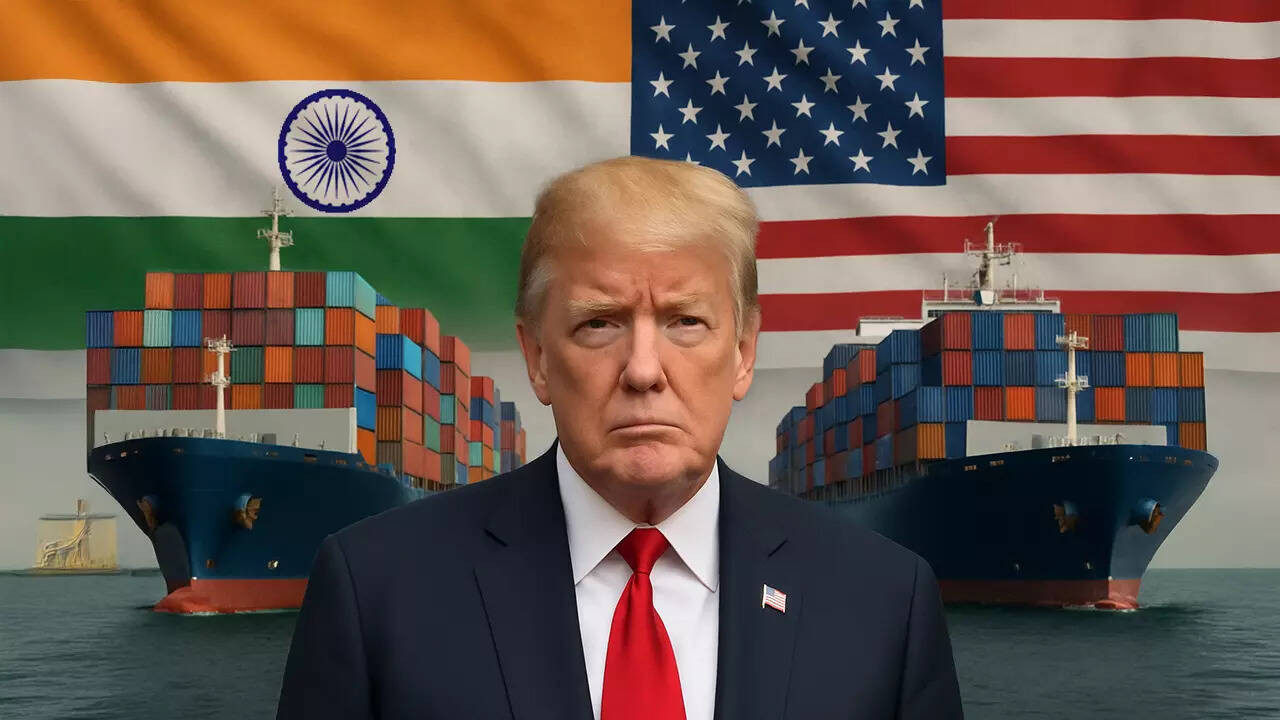Okay, buckle up, because things in the world’s factory are looking a little… bumpy. The latest numbers are in, and China’s manufacturing sector, a crucial engine for global growth, is showing signs of strain. Remember all that talk about a truce in the trade war? Well, it seems it hasn’t exactly translated into smooth sailing for Chinese factories. Let’s dive in.
China’s Manufacturing: A Wobble in the Machine?
Instead of roaring back to life after the Lunar New Year lull, China’s manufacturing activity actually shrank in May. That’s according to the latest Purchasing Managers’ Index (PMI), a key indicator of economic health. A reading above 50 signals expansion, while anything below 50 suggests contraction. May’s PMI dipped below that crucial threshold, signaling a slowdown.
Now, before we hit the panic button, let’s unpack this a little. Economic data, especially in a country as vast and complex as China, can be a bit like reading tea leaves. One month’s blip doesn’t necessarily spell disaster. However, it does raise some interesting questions.
Trade Truce: More of a Pause Than a Party?
The timing of this contraction is particularly noteworthy. We’ve been hearing whispers of easing tensions between China and its major trading partners, especially the US. The idea was that a less confrontational trade environment would boost business confidence and lead to increased factory output. So, why isn’t that happening?
Several factors could be at play. First, even with a truce, the scars of the trade war linger. Businesses are still wary of making long-term investments when the threat of renewed tariffs hangs in the air. Supply chains, once humming with efficiency, have been disrupted, and it takes time to rebuild that trust and re-establish those connections.
Second, it’s worth considering the broader global economic picture. While some regions are showing signs of recovery, others are still struggling. Demand for Chinese goods in key markets like Europe may be weaker than anticipated, impacting factory orders.
Third, China’s own internal dynamics are evolving. The country is actively trying to shift its economic model away from reliance on exports and towards greater domestic consumption. This transition is likely to be uneven, with some sectors thriving while others face challenges.
Beyond the Numbers: What’s Really Going On?
The PMI is just a snapshot in time. To truly understand what’s happening in China’s manufacturing sector, we need to look beyond the headlines and consider the ground-level realities.
I’ve been reading reports that smaller, export-oriented factories are feeling the pinch particularly acutely. These businesses often operate on thin margins and are highly sensitive to fluctuations in demand and trade policy. The trade war, even in its paused state, has left them vulnerable.
On the other hand, larger, state-owned enterprises (SOEs), which often cater to the domestic market, may be faring better. This divergence highlights the two-speed nature of China’s economy – a factor that policymakers are keen to manage.
What Does This Mean for the Rest of Us?
China’s manufacturing sector is so intertwined with the global economy that any hiccup there sends ripples around the world. A slowdown in Chinese factory output could lead to:
* Higher Prices: Reduced supply could push up the cost of goods, impacting consumers everywhere.
* Supply Chain Disruptions: Companies that rely on Chinese manufacturers may face delays and shortages.
* Slower Global Growth: China’s economic performance is a key driver of global growth. A slowdown there could drag down the entire world economy.
Looking Ahead: A Cautious Outlook
So, what’s the takeaway here? The contraction in China’s manufacturing sector is a reminder that the global economy is still navigating choppy waters. The trade truce is a positive step, but it’s not a magic bullet. We need to see sustained efforts to de-escalate tensions and foster a more predictable trading environment.
Furthermore, China needs to press on with its efforts to rebalance its economy, boosting domestic demand and creating a more sustainable growth model. This is a long-term project, and there will be bumps along the road.
For businesses, the message is clear: be prepared for uncertainty. Diversify your supply chains, explore new markets, and stay nimble. The global economy is constantly evolving, and those who can adapt will be best positioned to thrive.
It’s important to remember that economic indicators are just that – indicators. They don’t tell the whole story. They offer a glimpse into a complex and dynamic reality. Only time will tell how this particular chapter unfolds, but one thing is certain: the world will be watching closely. And personally, I’ll be following the story closely, especially watching how that balance is reached between export and domestic growth. It will be a key indicator of China’s future success, not just for them, but for the rest of us.
📬 Stay informed — follow us for more insightful updates!







